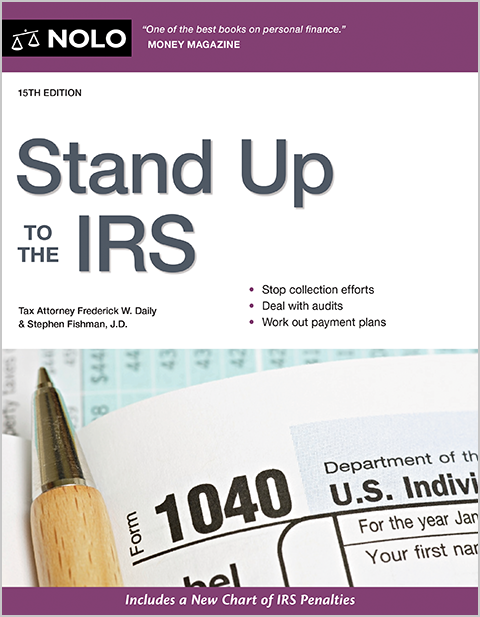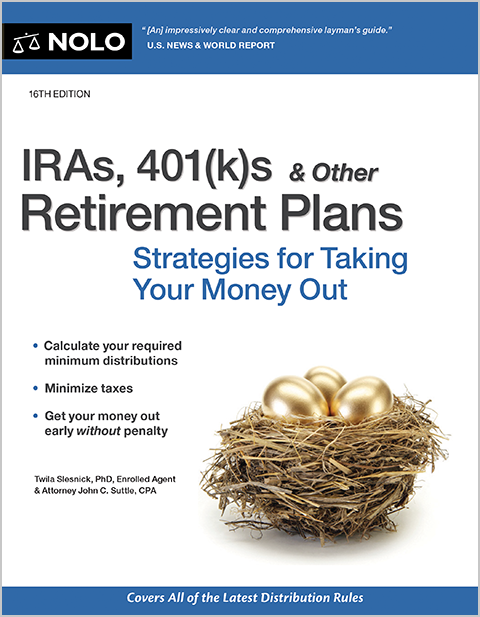Don't miss out on these valuable tax strategies for business owners.
Making the most of all your available tax deductions can save you hundreds or thousands of dollars come tax time. As a business owner, once you've entered the last quarter of your fiscal year, it's time to think of any final steps you can take to lower your taxes for the year.
How Can I Reduce My Business Taxes at the End of the Year?
Here are five suggested year-end tax strategies for business owners to consider to lower their tax bills.
1. Buy Business Equipment
If you've been thinking about buying equipment to use in your business, whether it be a car, computers, software, or anything else, do it by the end of the year. In all likelihood, you'll be able to deduct the entire amount you paid for the item in a single year instead of having to depreciate it over several years. (But this isn't true for passenger cars, for which annual deductions are capped). In recent years, there have been extremely generous first-year tax deductions for business property purchases.
IRC Code Section 179 allows you to deduct in one year most tangible personal property you purchase and use over 50% of the time for your business. This kind of expensing is also called "first-year expensing" or "Section 179 expensing." ("Expensing" is an accounting term that means currently deducting a long-term asset.)
Example. In 2024, George buys a $4,000 oven for his pizza restaurant. By deducting the oven under Section 179, he can deduct the entire $4,000 expense from his income taxes in 2024. So, George gets a $4,000 deduction in 2024.
The annual limit for this deduction is $1,220,000 (2024) under the Tax Cuts and Jobs Act. You can't deduct more than your net taxable business income for the year under this provision.
There is also a first-year bonus depreciation available for most purchases of new and used equipment. During 2018 through 2022, Section 179 wasn't used much because 100% bonus depreciation was available. Where the 100% bonus applied, there was no need for Section 179 expensing because 100% of the cost of an asset was automatically deducted in a single year. However, 100% bonus depreciation ended in 2023. Bonus depreciation was reduced to 80% for 2023, 60% for 2024, and is scheduled to decline by an additional 20% each succeeding year through 2026. So, Section 179 expensing has made a big comeback.
Continuing with the example above, if George used 60% bonus depreciation, he could deduct only $2,400 and then use regular depreciation to deduct the remaining $1,600 over six years. His total 2024 deduction would be only $2,720.
2. Establish and Fund Retirement Plans
One area where successful self-employed people are often better off than employees is retirement plans. As a self-employed business owner, contributions you make to a retirement plan could reduce your taxable income.
The government allows the self-employed to set up retirement accounts specifically designed for small business owners. These accounts provide enormous tax benefits, such as tax deductions for plan contributions and tax deferral on investment earnings until retirement. There are an array of retirement accounts available, including solo 401(k)s, IRAs, SEP-IRAs, Simple IRAs, and Keogh plans.
How much you can contribute each year depends on the type of plan you have and the amount of your net earnings from self-employment. You can contribute to these plans and take a deduction up until the time your tax return for the year is due—April 15th or October 15th if you file an extension. However, you must establish a solo 401(k) by December 31st to take deductions for your contributions in that year.
3. Sell Losing Stocks
If, like many investors, you have stocks that have gone down in value since you purchased them, sell enough before the end of the year to have at least $3,000 in losses. If your total capital losses exceed all your capital gains for the year, you may deduct up to $3,000 of these losses from your ordinary income—that is, the income you make from your business. If your overall capital loss is more than $3,000, the excess carries over to the next year.
4. Open an HSA
If, like most self-employed people, you pay for your own health insurance, consider opening a Health Savings Account (HSA). An HSA is like a health IRA that is coupled with a health insurance policy with a high deductible.
You can deduct contributions to your HSA and then use the money to pay almost any uninsured health-related expense. And you don't have to pay any taxes on these withdrawals. If you set up your HSA and contribute by December 31st, you can make a full year's worth of deductible HSA contributions for that year. Check IRS Publication 969 (2023), Health Savings Accounts and Other Tax-Favored Health Plans for annual contribution limits.
5. Donate to Charity
If you itemize your deductions, you'll lower your income taxes by donating to charity by the end of the year. You can donate money, property, or both, to any qualified charity and take a deduction. If a charity has obtained a determination letter from the IRS recognizing its status as a 501(c)(3) public charity, then it is qualified for tax purposes and donations to it are deductible.
Many nonprofits include copies of their IRS determination letter on their website and their taxpayer identification number on fundraising solicitations so donors know they can deduct donations to their organization. The only 501(c)(3) organizations that are automatically considered qualified organizations (without a determination letter from the IRS) are churches and other religious organizations.
The IRS maintains a list of qualified organizations that you can search on its website by using Tax Exempt Organization Search. You can also call the IRS at 877-829-5500 to determine if an organization is qualified.
Make sure to keep records of all your donations.
Learn More About How Your Business Can Lower Its Tax Burden
For a guide to all types of deductions for small businesses, see Deduct It: Lower Your Small Business Taxes, by Stephen Fishman (Nolo).
If you need additional assistance, consider talking to a tax lawyer or another tax pro, such as a certified public accountant (CPA).
Talk to a Tax Attorney
Need a lawyer? Start here.
How it Works
- Briefly tell us about your case
- Provide your contact information
- Choose attorneys to contact you
- Briefly tell us about your case
- Provide your contact information
- Choose attorneys to contact you

